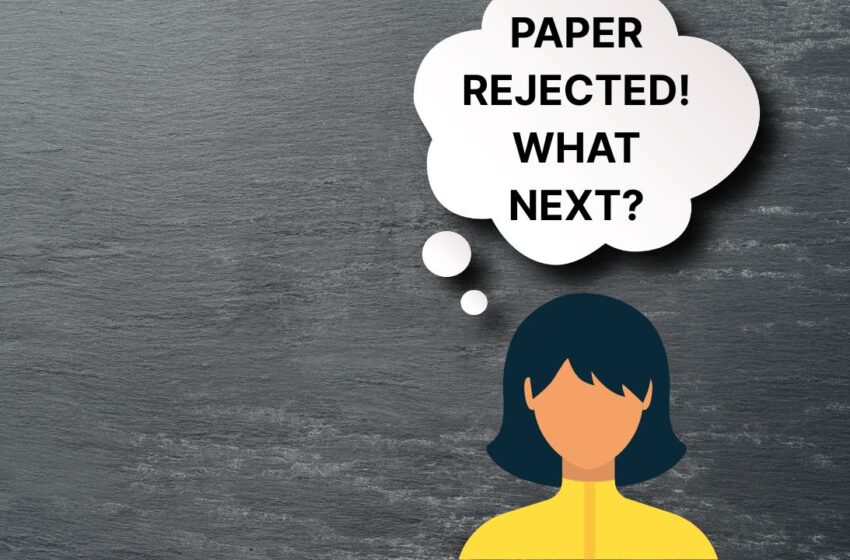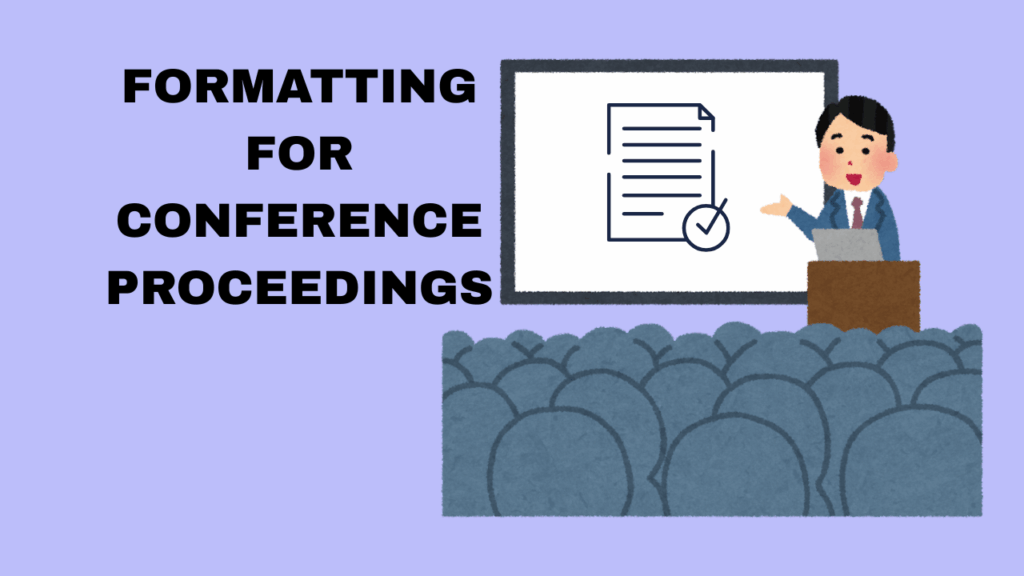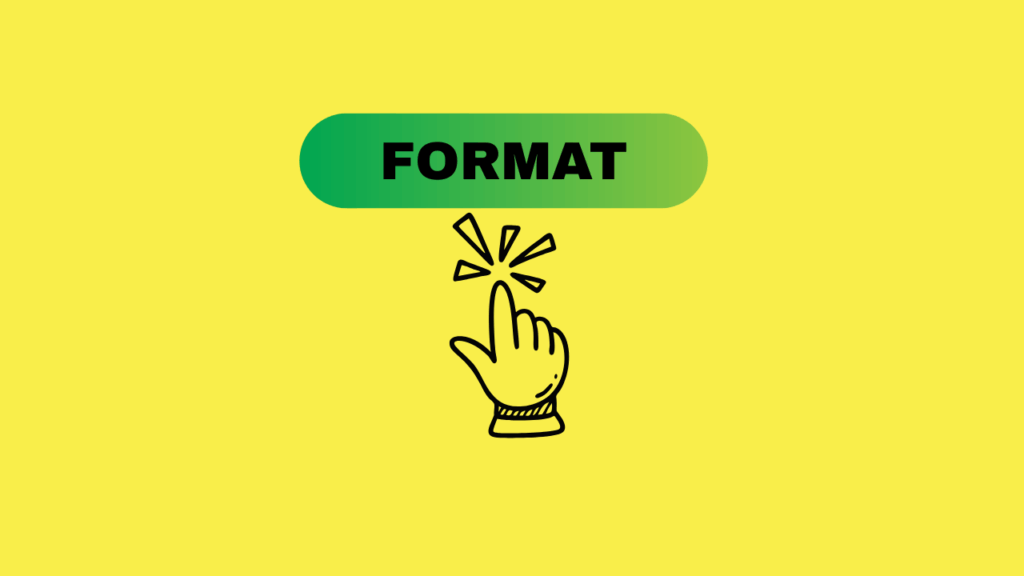Desk Rejection and Resubmission to Another Journal: A Budget-friendly Guide to Successful Journal Submission

Receiving that rejection letter can be heartbreaking when you have put in months of effort into preparing a manuscript! Desk rejections can be due to various reasons, and revising and resubmitting your paper to a different journal can seem taxing. This article will take you through the main reasons for desk rejections and help you ensure a smooth resubmission process.
Tips for budget-friendly journal submission
Dealing with Paper Rejection
Know that when you are dealing with desk rejections, it means that your paper was not peer reviewed. In other words, your paper did not clear the first round of editorial review. While there may be multiple reasons for this, journal mismatch and formatting issues are the most common ones.
1. Journal mismatch
Although you might have selected a specific journal for its popularity and high impact, your paper might not align with its aims and scope. The editor might even recommend a different journal that would be better suited to your research.
2. Formatting issues
Despite following the formatting guidelines outlined by the journal, minor aspects may have been overlooked.
- Your manuscript may not be structured the right way.
- The figures/tables may not be presented in the required format.
- The length of the manuscript may exceed the suggested limit.
- There may be inconsistencies in the overall presentation of content.
So, you are now faced with two major challenges: selecting a second journal and revising/reformatting your manuscript. Both of these tasks can be time-consuming if not optimized.
Resubmitting Your Paper
The following steps can help you optimize the entire revise and resubmit process after a paper rejection.
1. Read the feedback objectively.
The rejection letter will contain the reasons for your paper being rejected. Read them carefully without taking the feedback personally. Remember that the editor has rejected your paper and not you or your research work!
2. Focus on identifying the next target journal.
Because your manuscript was not peer reviewed, carefully consider the reason quoted by the editor for desk rejection. Should you resubmit to the same journal or go for a different one?
Well, if your paper did not match the scope of the journal, there’s a high chance of your paper being rejected again even if you make significant changes. On the other hand, if there were formatting issues or if the rejection was because of lack of novelty, you may consider fixing these issues before submitting to the same journal.
It is always better to keep your options open and select journals that may be more suited to your submission.
3. Revise your manuscript.
Once you have identified the corrections required, revise your paper as per the feedback and comments. Be sure to address all issues highlighted.
- You may have to rewrite your paper if there are major changes required, such as identifying the novelty and significance of your study. Tools like Paperpal can be extremely helpful in improving your writing in an academic style, especially since time will be a constraint for getting your paper published.
- If your paper needs to be adjusted for length or formatted as per the guidelines of a new journal, do consider using professional services to avoid another round of rejection. Otherwise, carefully read the style and formatting guidelines of the journal and make sure that your paper adheres to them before resubmitting.
Tips for Budget-friendly Journal Submission
With your revised manuscript ready, you will now look for a budget-friendly submission process. If you decide against submitting to your original journal, consider these pointers:
1. Submit to affordable open access journals.
Open access publishing is considered an affordable option by many authors. Browse the Directory of Open Access Journals (DOAJ) for a list of potential target journals in your field and check if their aims and scope align with your paper.
Apart from offering journals with no publication fee or low article processing charges, open access journals provide benefits like increased visibility and faster dissemination of research.
2. Search for low-cost journals in your field.
Look for journals that charge a nominal publication fee as opposed to those with high impact factors. Low-cost journals may not rank high in terms of impact factor, yet they might be suitable for disseminating your research.
3. Check if your paper is suitable for conference presentations.
At times, presenting your paper at a conference can be a viable option if resubmitting your paper to a journal becomes expensive. However, keep in mind that conference papers need to be formatted as per the conference guidelines, which may vary substantially from journal formatting guidelines.
Key Takeaway
Desk rejections can be hard to digest, and the resubmission process may seem laborious. Assess the feedback objectively, revise your manuscript as needed, and get to resubmitting affordably!
Give more time for your research, spend less time formatting! Check out Editage’s Manuscript Formatting Services and get professional support for journal formatting.






